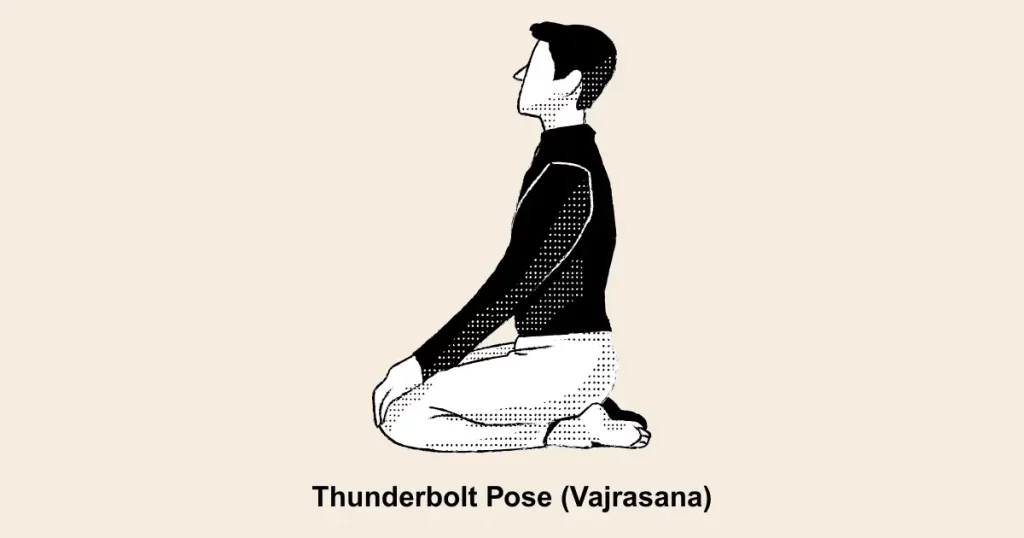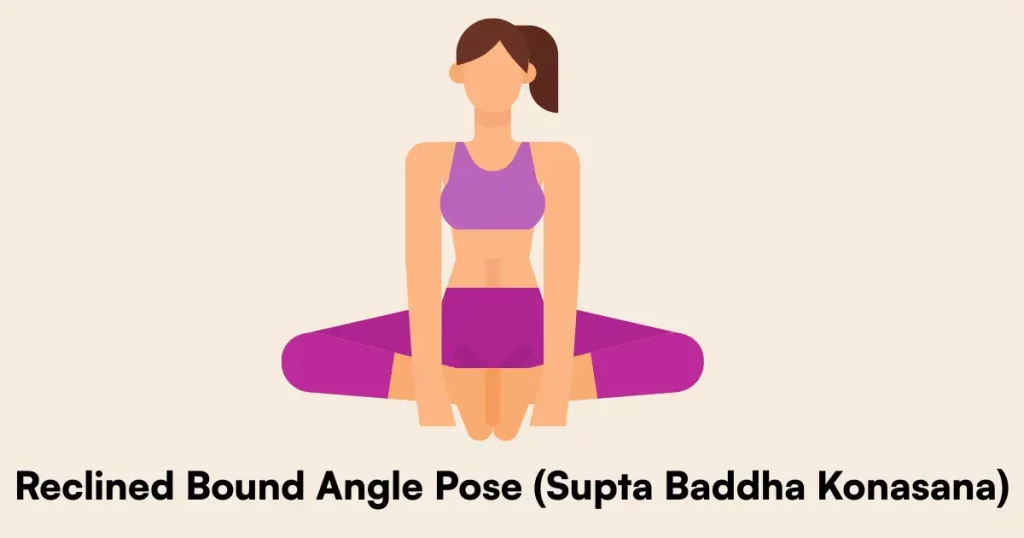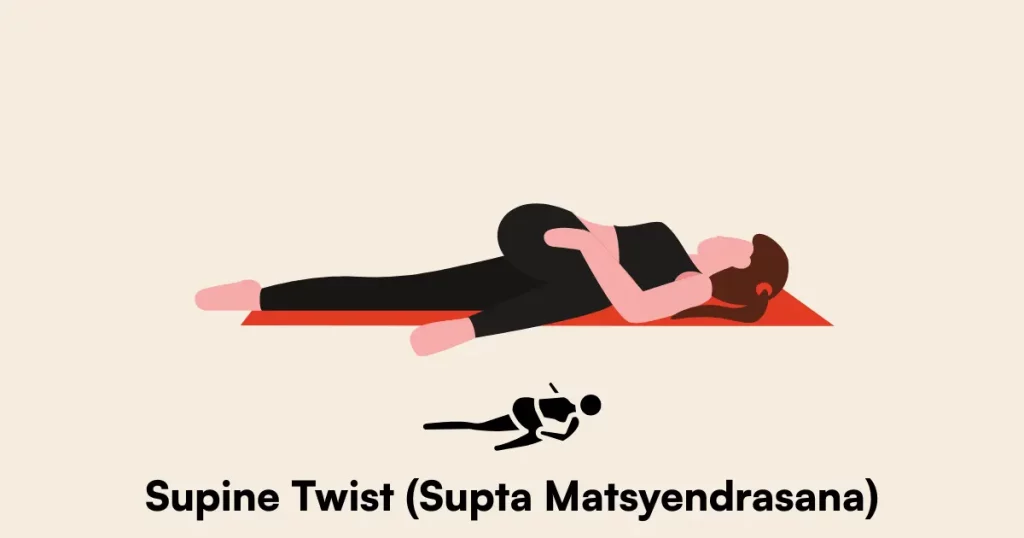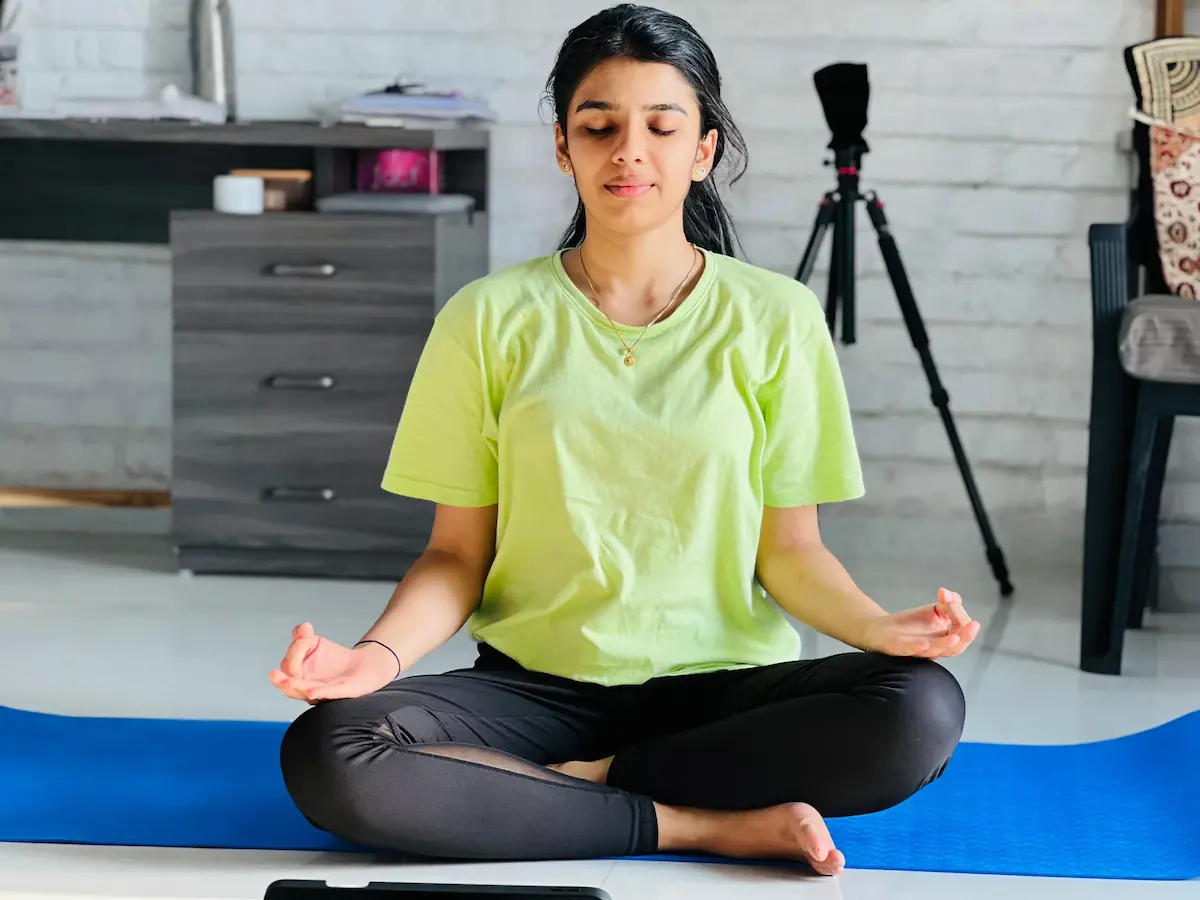Feeling heavy or bloated after a meal? Gentle yoga could be your simple, natural solution all from the comfort of your home! Practicing easy yoga asanas after eating can help stimulate your digestive system, reduce bloating, and support your overall gut health. The best part? You don’t need any prior experience or fancy equipment just a little space and willingness to try. Here are five beginner-friendly yoga poses to aid digestion and bring calm to your day.

1. Vajrasana (Thunderbolt/Diamond Pose)

How to Do Vajrasana:
- Kneel on the floor with knees together, feet slightly apart.
- Sit back gently so your buttocks rest on your heels.
- Keep your spine upright, hands resting on your thighs, and shoulders relaxed.
- Close your eyes and breathe slowly and deeply for 5–10 minutes.
Benefits:
- Promotes better digestion by directing blood flow to the abdomen.
- Can help reduce acidity and indigestion.
Tips & Precautions:
- This is one of the few yoga poses safe to do right after eating.
- If you have knee pain or injuries, place a cushion under your knees or ankles, or skip this pose.
2. Supta Baddha Konasana (Reclining Bound Angle Pose)

How to Do Supta Baddha Konasana:
- Lie on your back.
- Bring the soles of your feet together, allowing your knees to fall outward.
- Let your arms rest beside you, palms up.
- Use cushions to support your knees or lower back if needed.
- Stay for 1–2 minutes, longer if comfortable.
Benefits:
- Gently stretches the inner thighs and hips, easing tension.
- Relaxes your abdominal area and helps calm your mind for better digestion.
Tips & Precautions:
- If you experience discomfort in your hips or knees, adjust the position or add more support.
3. Seated Marjaryasana–Bitilasana (Seated Cat-Cow Pose)

How to Do Seated Cat-Cow:
- Sit cross-legged or on a chair with your feet flat on the floor.
- Place your hands on your knees.
- Inhale: arch your back, roll shoulders back, and lift your chest.
- Exhale: round your back and gently tuck your chin toward your chest.
- Repeat for 5–10 slow breaths, moving with your breath.
Benefits:
- Massages abdominal organs, encouraging bowel movement.
- Relieves gas and bloating while improving spinal flexibility.
Tips & Precautions:
- Move slowly and avoid forcing the motion focus on breathing and comfort.
4. Gomukhasana (Cow Face Pose)

How to Do Gomukhasana:
- Sit on the floor and bend your knees, stacking one knee directly over the other.
- Let your feet rest beside your hips.
- Raise one arm overhead and the other behind your back, trying to clasp your hands (or use a belt/strap).
- Hold for 30–60 seconds, then repeat on the other side.
Benefits:
- Gently compresses and massages the digestive organs.
- Stretches the hips and shoulders, encouraging relaxation.
Tips & Precautions:
- If reaching your hands is difficult, use a towel or strap.
- Skip if you have hip, knee, or shoulder injuries.
5. Supta Matsyendrasana (Supine Spinal Twist)

How to Do Supine Spinal Twist:
- Lie on your back with arms stretched out in a “T”.
- Bend your knees and hug them gently to your chest.
- Drop your knees to one side, turning your head in the opposite direction.
- Hold for 30–60 seconds, breathing deeply.
- Gently switch to the other side.
Benefits:
- Stimulates the digestive tract and helps relieve gas.
- Releases tension in your back and abdomen.
Tips & Precautions:
- Move into the twist gently, especially if your stomach feels full.
- Skip deep twists if you experience discomfort after eating.
Friendly Tips for Daily Practice
Gentle yoga poses after meals promote not just digestive comfort, but also a few mindful moments for your well-being. Avoid intense stretches, deep twists, or upside-down postures on a full stomach. Choose these soothing asanas, listen to your body, and practice patience. Consistency is key a few mindful minutes each day can lead to noticeable changes in how you feel after eating!
Frequently Asked Questions (FAQs)
Q: Can I do yoga right after eating?
A: Most yoga is best practiced on an empty stomach. However, gentle, restorative poses like those listed above can be done 15–30 minutes after meals to aid digestion.
Q: What if I feel uncomfortable during a pose?
A: Always listen to your body and never force a movement. Use cushions or props for support, and skip any pose that causes discomfort.
Q: How long should I hold these poses?
A: Begin with 1–2 minutes for relaxing poses and 30–60 seconds for stretches or twists. Slowly increase time as you become more comfortable.
Q: Can yoga help with chronic digestive issues?
A: While gentle yoga can support overall digestive health, consult a healthcare professional for ongoing digestive concerns.
Q: Do I need any special equipment?
A: No special gear required! A soft mat, blanket, or cushions can make the experience more comfortable.
Try adding these simple yoga poses to your daily routine after meals and notice the difference in your digestion and mood. Remember gentle, regular practice brings lasting results. Your gut (and mind) will thank you!

